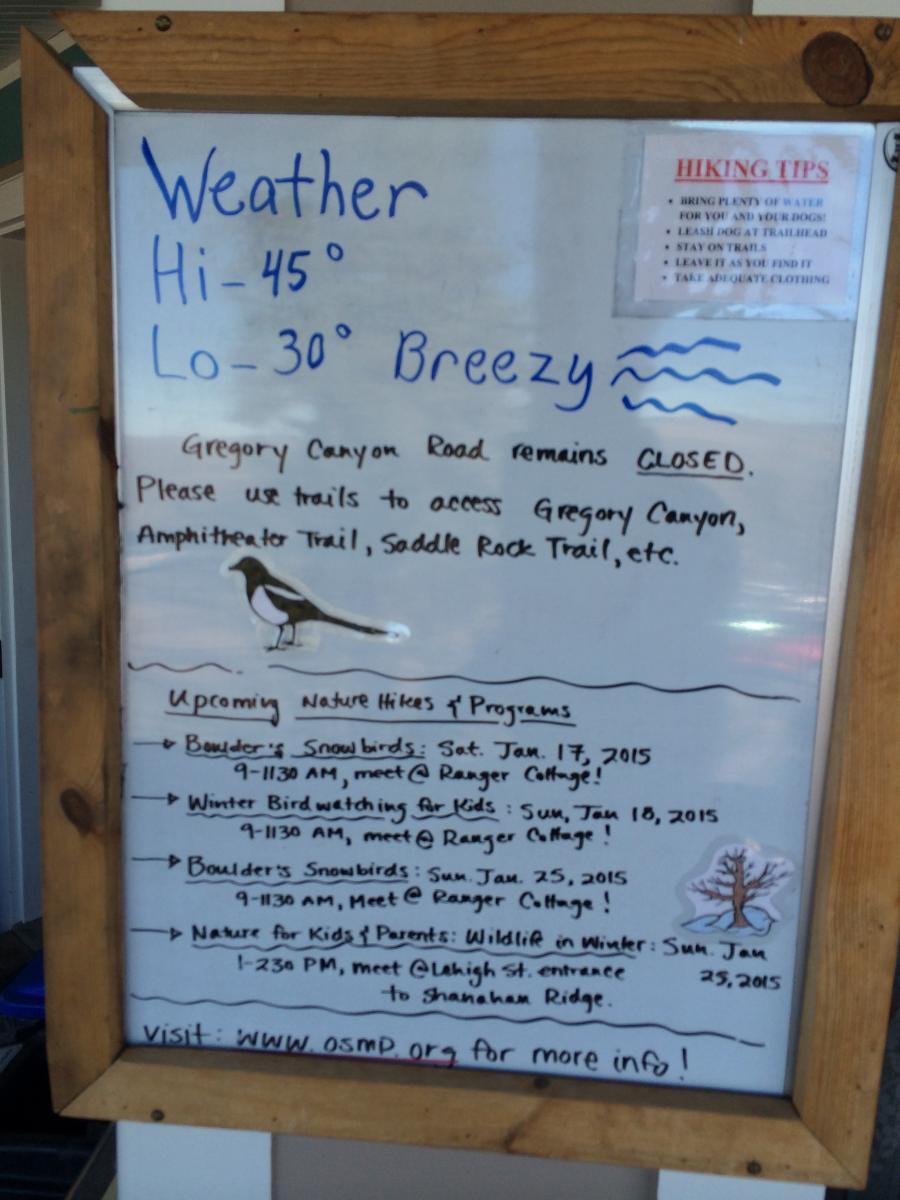News & Updates
5 Tricks and Tips: Prepping for the Season Change


Spring doesn’t officially begin until March 20th, but that doesn’t mean we can’t experience Spring-like conditions before then. When the weather warms up, there are a few things we can do to help keep our trails and natural resources in great shape. Here are a few tips to remember for your next adventure.
1. If planning a trip to a popular day use area, be sure to check with a local land manager for the trail conditions and park regulations. Once you know trail conditions and park regulations, choose a trail you're equipped for. Is it icy? Muddy? Do your have shoes that have good traction? Are you wearing items that can get muddy or wet? Safety is always the most important, so choose the option that keeps you safe, but also allows you to minimize your impact.
2. Walking around patches of mud and ice damages sensitive trail side vegetation and contributes to trail widening; both factors that can lead to increased run-off and erosion. Wearing appropriate footwear like waterproof shoes/boots and gaiters allows us to travel directly through mud and wet areas without risking wet feet. Even though we might see people walking around the edges of the trail, we want to try and stay on trail as much as possible. To keep from wiping out if trails are icy, choose trails that have little to no elevation change, or come equipped with some form of traction, like Kathoola Micro-Spikes.
3. Spring weather can be tumultuous. Warming temperatures can mean high water crossings, hotter than planned hikes, and rain showers. Planning for the unexpected with extra water, adequate food, appropriate clothing, lighting, first-aid supplies, and letting others know of your plan call all help prevent an enjoyable day out from turning into a dangerous situation.

4. Wildlife are especially sensitive this time of year. Many are undernourished from a long winter subsisting on whatever they can find and are desperately looking to replenish their fat stores. Extra care should be taken to make yourself aware of wildlife closures so as not to encroach. Additionally, never feeding wildlife should be standard practice for yourself and your group. This also means packing out all food scraps – even crumbs, peels, and cores. Once wildlife learn to associate humans with food, animals are then habituated and attracted to humans. Let’s do our part to keep wildlife wild.
5. As always when bringing our canine friends for an adventure, it is important to bring a leash and pet waste disposal bags. Keeping them on leash will help ensure the safety of your pet, the wildlife, and other visitors. Bringing or using provided pet waste disposal bags helps us keep our parks and watersheds healthy.
Thanks to Subaru/Leave No Trace Traveling Trainers, Nick and Courtney, for the pictures and their feedback in putting these tips together.
Let’s protect and enjoy our natural world together
Get the latest in Leave No Trace eNews in your inbox so you can stay informed and involved.
